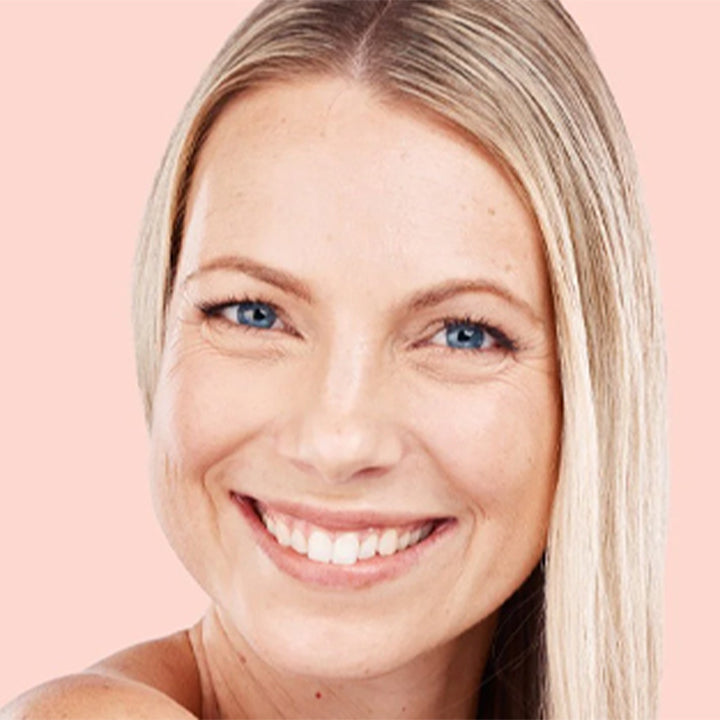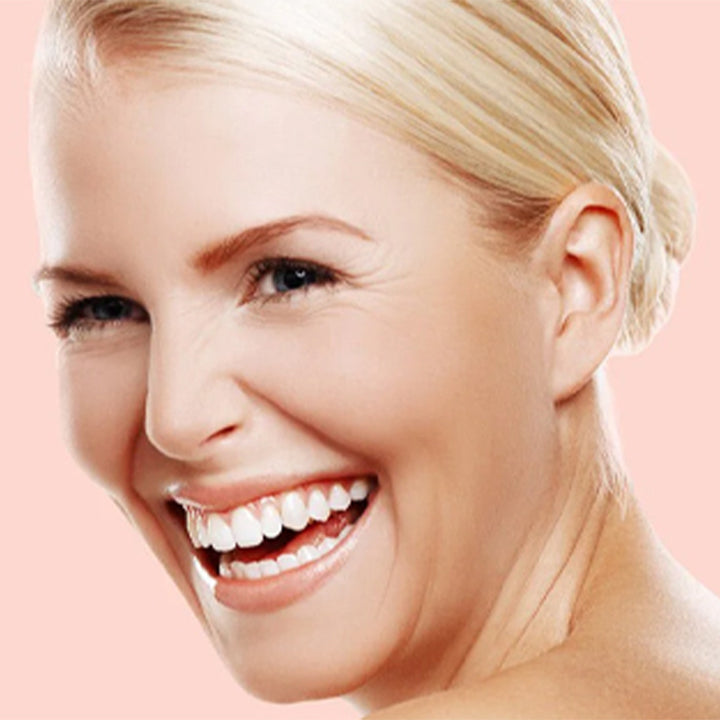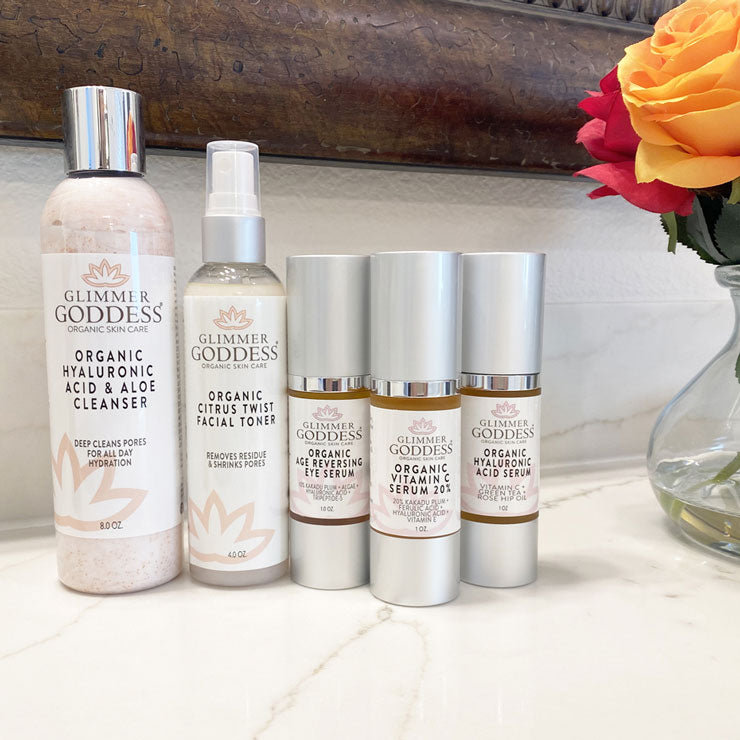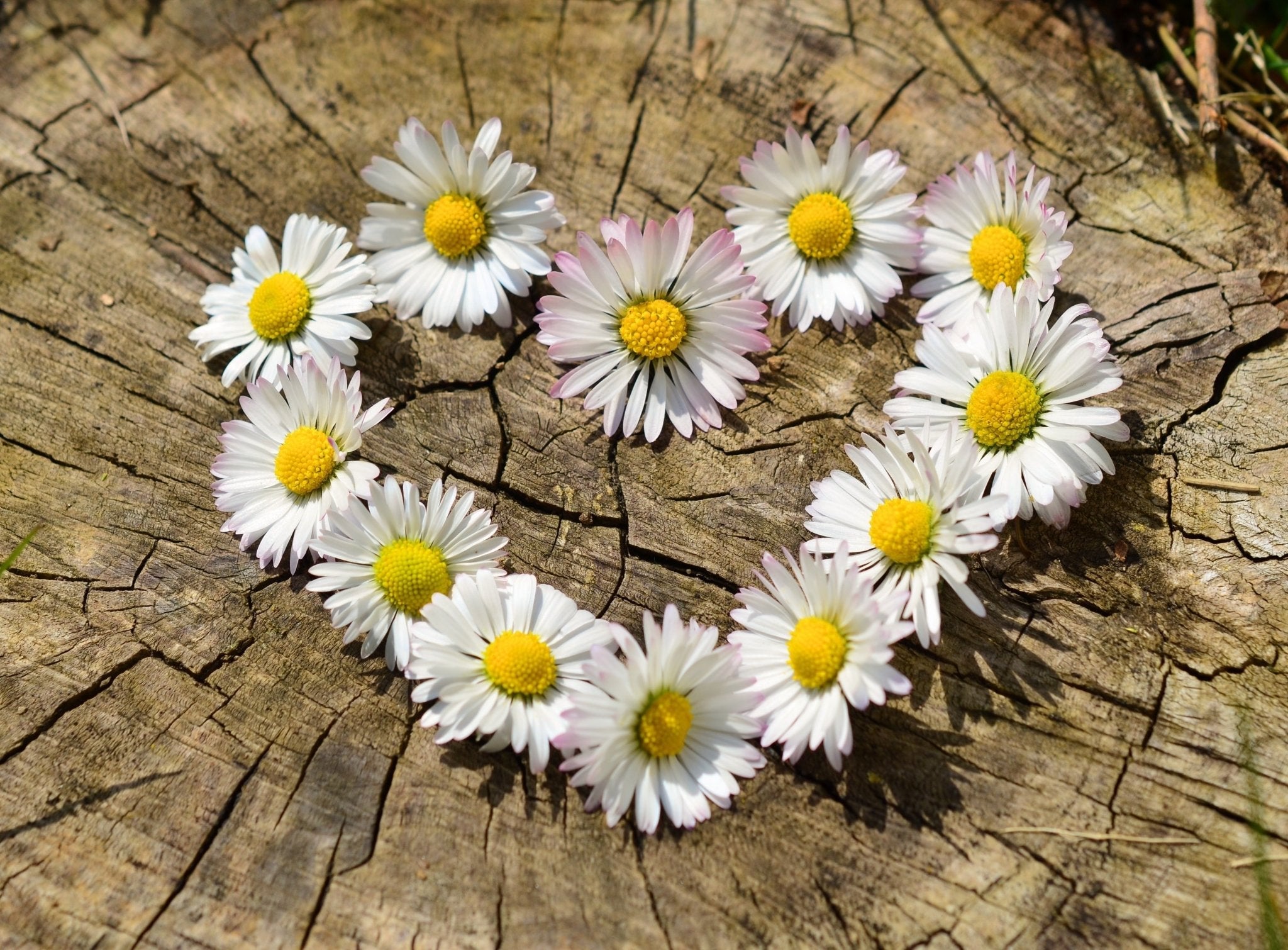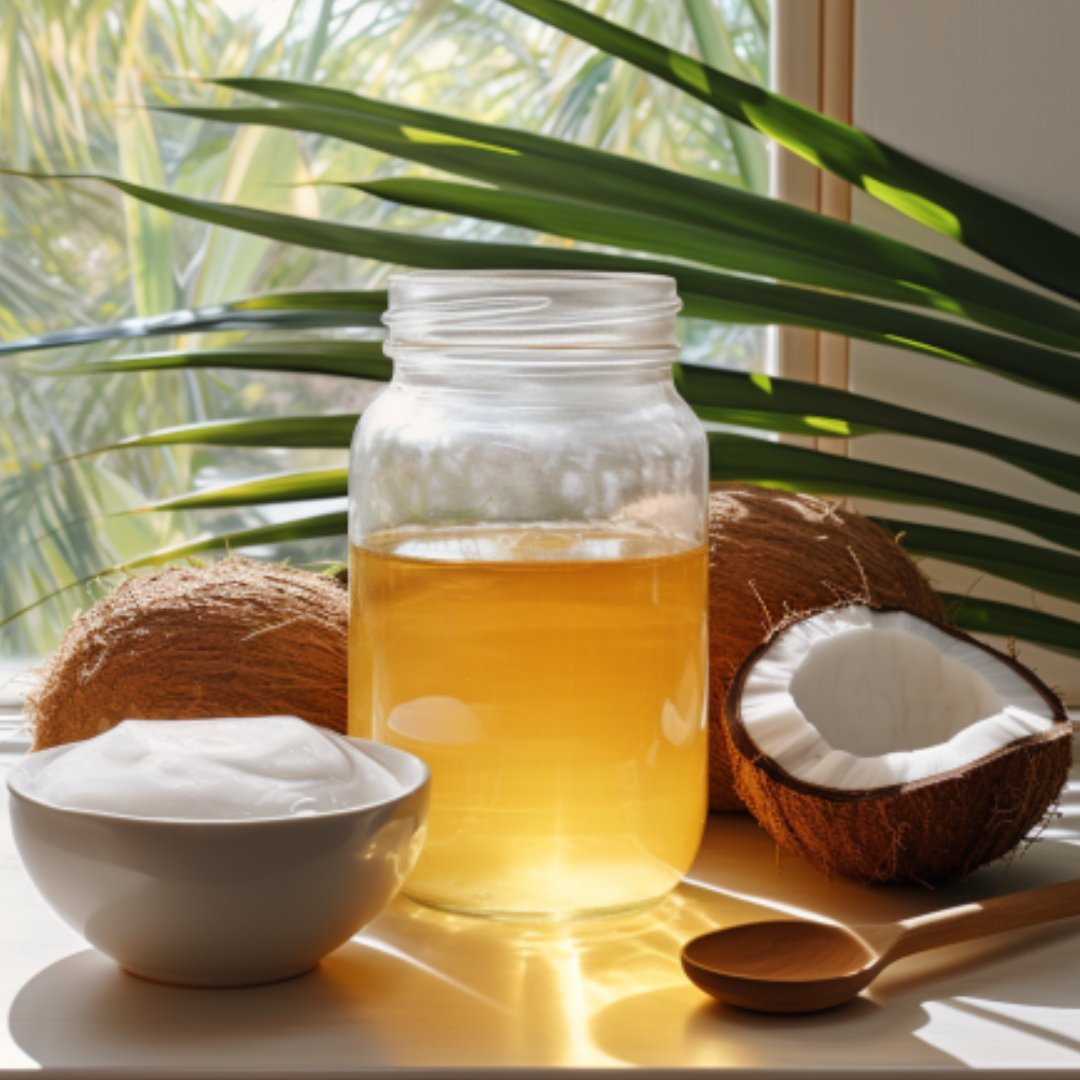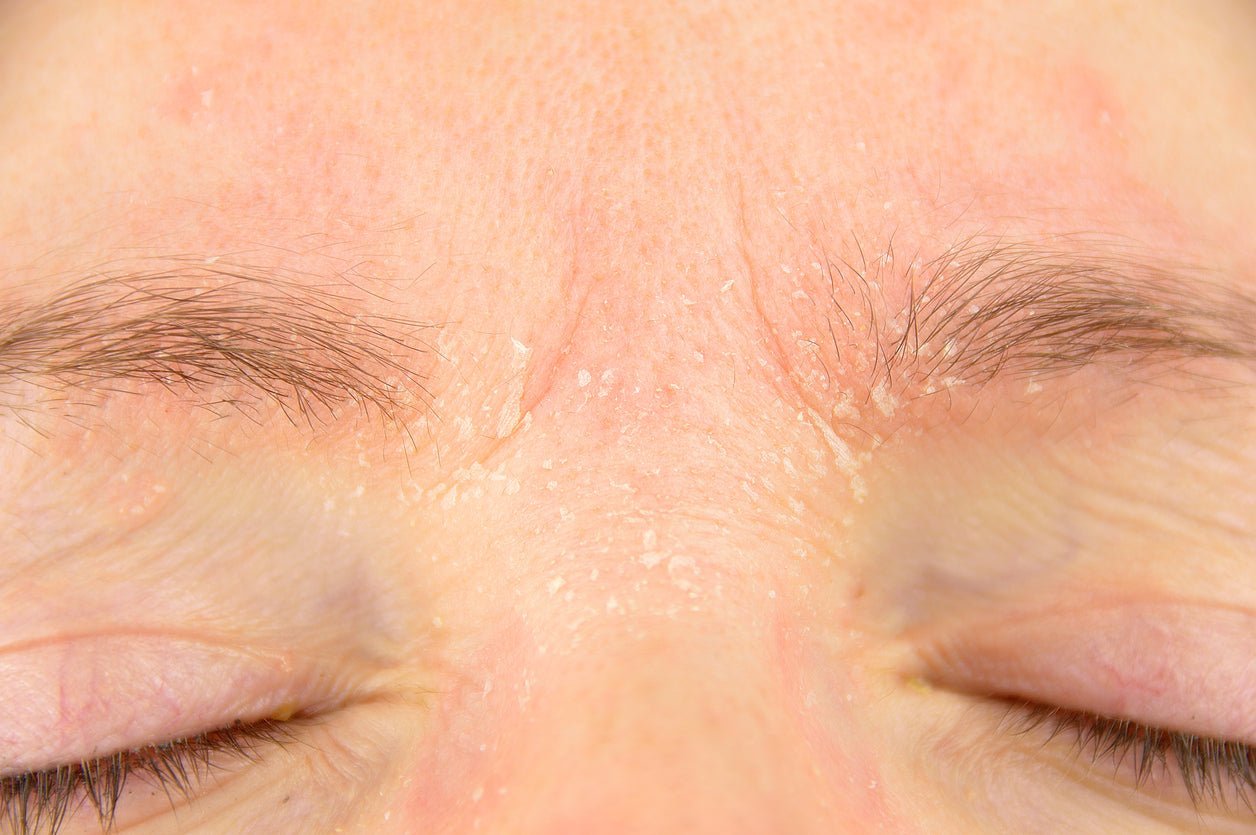
What Is retinol redness? Helpful tips for the retinization process
Retinol is well known and praised as the crème de la creme of skin-care products.
Dermatologists and estheticians alike will tell you it’s good for everything from acne to dark spots.
But the first month on retinol can be brutal for someone just starting to use this wonder product.
Redness, Irritation Dryness - Oh My!!!!
Sad to say, this is very normal.
What is happening is called retinization.
In other words, your skin is getting adjusted to the retinol, and it can be uncomfortable.
During the first few weeks of use, your face might be red, peeling, and extremely dried out.
Retinization starts a few days after you first start applying the retinol and can last about a month (give or take a couple weeks) while your skin builds up a tolerance.
Patience is key.
Here are a few things you can do to make this acclimation period more bearable:
1. MAKE SURE YOUR FACE IS MOISTURIZED
Moisturized skin has a better barrier function - you want the skin to be moist when you apply the retinol.
Starting on a solid moisturization routine—morning and night—at least a week or so before you begin using the retinol.
2. APPLY YOUR NIGHT CREAM BEFORE YOUR APPLY RETINOL
Layering the retinol over a gentle moisturizer will help temper the harshness of the retinol.
Click here for more info on how to layer your skin care products
3. DON’T APPLY THE RETINOL EVERY NIGHT AT FIRST
Retinol isn’t something you should apply every day from the start.
Start retinol slowly applying twice per week and then gradually adding another day until you have built up tolerance for daily use.
4. CHANGE YOUR SKIN CARE ROUTINE
For the first month of regular retinol use, your skin is officially classified as “sensitive.”
That means you need to change up your cleansing and exfoliating routine.
Using a gentle cleanser will allow some natural oils to remain on the skin, also give up your masks, peels, and exfoliating scrubs because Retinol will naturally exfoliate the skin.
5. MOISTURIZE – MOISTURIZE – MOISTURIZE
Treat dry patches with extra moisturizer.
Dry patches and peeling are going to happen. If you don’t get any dryness, it’s likely that retinol isn’t doing its job.
You can apply aloe gel or jojoba oil during the day to help with flakiness and irritation.
Jojoba oil because it is healing and moisturizing for all skin types.
Jojoba oil is very similar to the sebum in human skin, and the oil can dissolve sebum and carry ingredients deep into the skin.
It is very light-weight absorbs quickly into the skin. It also has anti-inflammatory properties
Don’t give up too soon—those skin glowing results are just a few weeks away.

